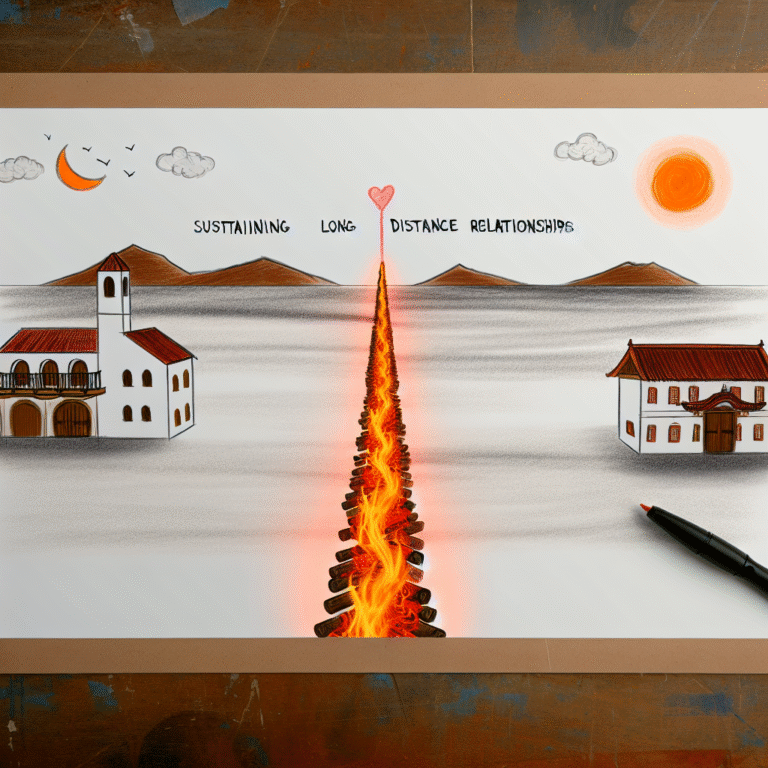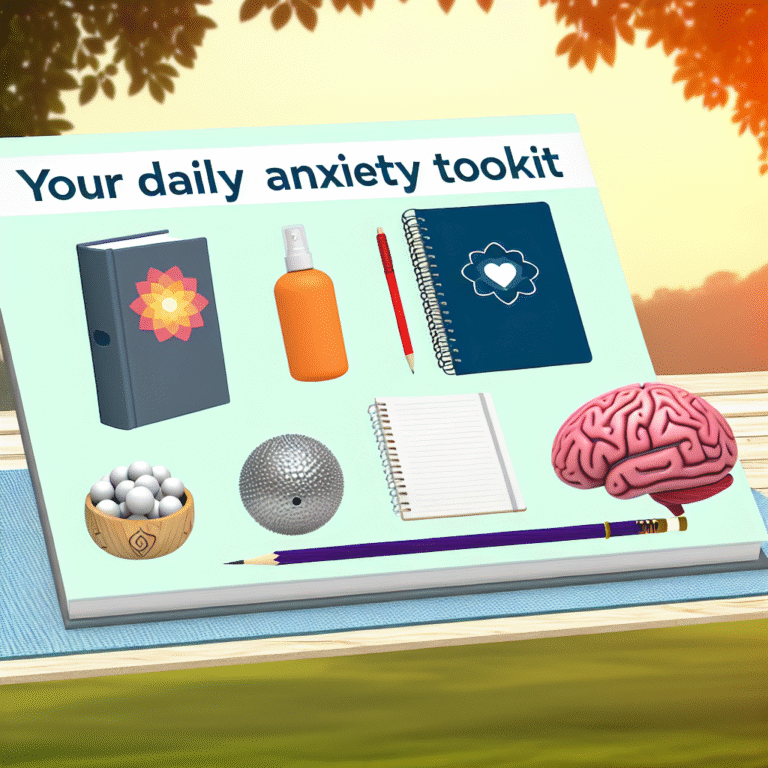
Conflict Resolution 101: Essential Communication Strategies for Happier Couples
Introduction
Imagine a world where misunderstandings dissolve, arguments transform into constructive dialogues, and love flourishes even amidst disagreements. Welcome to Conflict Resolution 101: Communication Strategies for Happier Couples. Relationships are complex, and every couple faces challenges at some point. However, the key to a thriving partnership often lies not in the absence of conflict but in how you navigate it. This article will provide you with practical communication strategies that can lead to a more harmonious and loving relationship.
Understanding Conflict in Relationships
The Nature of Conflict
Conflict is a natural aspect of any relationship, but not all conflicts are detrimental. In fact, healthy conflict can lead to better understanding and growth. Understanding what triggers conflict between partners is vital. Common sources of conflict include:
- Differences in Values: Disparities in priorities or beliefs.
- Communication Style Differences: Variations in how partners express themselves.
- External Stressors: Work pressures or family issues impacting the relationship.
By recognizing these triggers, couples can successfully address conflicts before they escalate.
The Power of Effective Communication
Effective communication is crucial for successful conflict resolution. Miscommunication can heighten tensions and create barriers. The goal is to foster an environment where both partners feel heard and valued.
Essential Communication Strategies for Conflict Resolution
1. Active Listening
What it Is: Active listening involves fully concentrating on what your partner is saying, understanding it, and responding thoughtfully.
How to Practice:
- Make eye contact and use body language that shows you are engaged.
- Summarize what your partner has said before responding. This shows you understand their perspective.
Case Study: Sarah and Jake
Sarah often felt that Jake didn’t listen during disagreements. One night, they tried a new strategy: Jake repeated back Sarah’s feelings before offering his perspective. This simple shift created a more amicable environment, leading to deeper understanding.
Analysis: Active listening can transform conflicts into discussions, reducing defensiveness.
2. Use “I” Statements
What it Is: “I” statements focus on your feelings rather than placing blame.
How to Use:
- Frame your feelings around personal experiences. Instead of saying, “You never help with chores,” try “I feel overwhelmed when chores pile up.”
Case Study: Emma and Tom
While discussing household responsibilities, Emma employed “I” statements. Instead of attacking Tom, she explained how the lack of help left her exhausted. This approach defused tension and prompted a productive conversation.
Analysis: “I” statements help articulate feelings without triggering defensiveness, allowing for constructive dialogue.
3. Establish Ground Rules for Discussions
What it Is: Before diving into a disagreement, establish rules that guide the conversation.
Suggestions:
- No interrupting.
- Always show respect, no matter how heated the topic.
Case Study: Mia and Alex
Mia and Alex implemented ground rules about respect during arguments. During their next conflict regarding finances, following these rules led to a calm and rational discussion.
Analysis: Ground rules create a safe space for open dialogue, fostering healthier conversations.
4. Timing is Everything
What it Is: Timing can significantly impact how conflicts are addressed.
Best Practices:
- Avoid discussing serious issues when either partner is tired or stressed.
- Schedule a time to talk, ensuring both partners are in a good headspace.
Case Study: Chris and Jenna
Chris and Jenna noticed that their 10 PM discussions often spiraled into arguments. They decided to schedule conflicts for early evenings when they had energy, resulting in more productive discussions.
Analysis: Choosing the right moment for discussions can lead to more effective conflict resolution.
Tools to Enhance Communication
1. Journaling
What it Is: Journaling can help individuals articulate their feelings and thoughts before engaging in a discussion.
2. Professional Support
When to Seek Help: If conflicts persist or escalate into more significant issues, seeking the assistance of a relationship therapist can be beneficial.
3. Conflict Resolution Techniques
Techniques Include:
- Brainstorming Solutions: Work together to generate possible solutions.
- Time-Outs: Take breaks during heated discussions to cool down.
Conclusion: Moving Forward Together
Every relationship will weather storms, but how couples choose to navigate those challenges defines their bond. Conflict Resolution 101: Communication Strategies for Happier Couples provides a roadmap toward healthier interactions. By mastering these strategies, couples can turn conflicts from a source of pain into opportunities for growth and deeper connection.
As you implement these tools—active listening, “I” statements, and establishing ground rules—you’ll cultivate not just a happier relationship but one marked by understanding, trust, and enduring love.
FAQs About Conflict Resolution in Relationships
1. What should I do if my partner refuses to communicate?
Encouraging openness and fostering an environment of trust is key. Try having a gentle conversation about why they may feel uncomfortable.
2. How can I avoid becoming defensive during disagreements?
Practice active listening and remind yourself that the goal is understanding, not winning an argument.
3. Is it healthy to have conflicts in a relationship?
Yes! It’s normal and can be constructive when handled appropriately. It often leads to deeper understanding and strengthens the bond.
4. How can we improve our communication styles together?
Consider attending workshops, engaging in couple’s therapy, or reading relationship books to better understand each other’s styles.
5. What if we cannot resolve our conflicts?
It might help to seek a mediator or therapist. They can offer neutral perspectives and techniques to work through persistent issues.
By embracing these techniques and strategies, you are taking the first step towards enriching your relationship, ensuring that it flourishes even amidst the inevitable conflicts.














